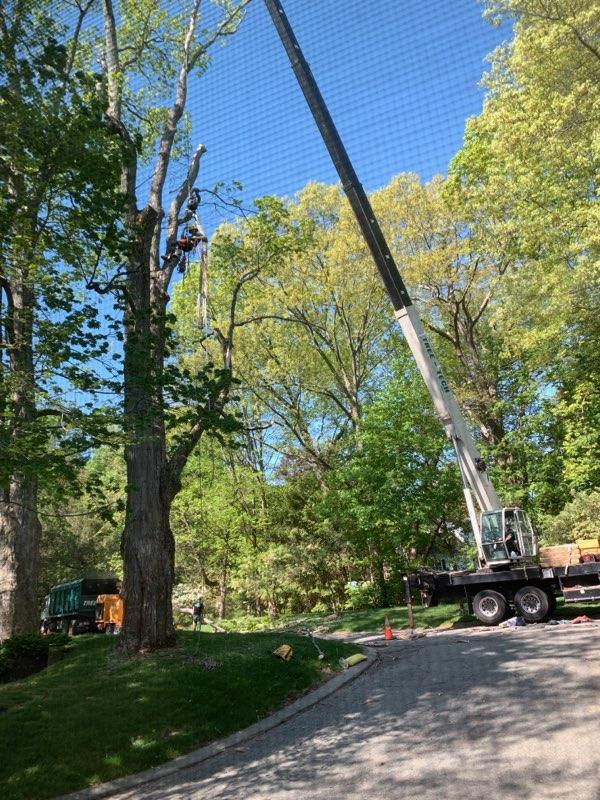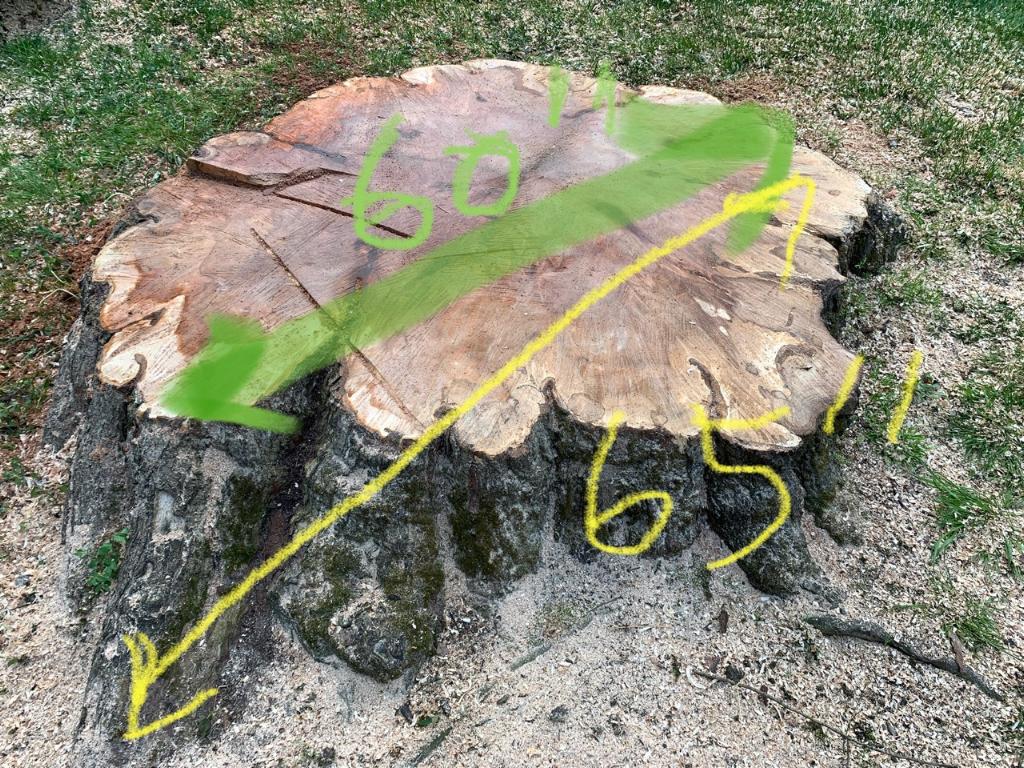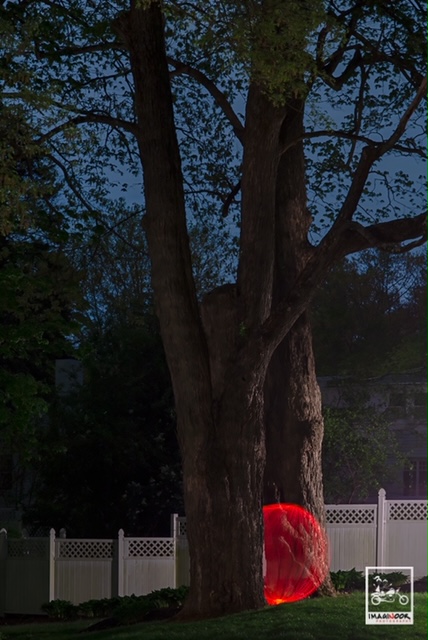A Tale of Two Trees
I. Trees and Poesy
The tree is one of the most magnificent forms of life on planet earth. In just six couplets, eighty words, the British poet Joyce Kilmer (1886-1918) penned an ode to a tree to take your breath away with its simple beauty.
I grew up in the mountain forests of western South Dakota, known to the Lakota Sioux as Paha Sapa, or Black Hills, for its dense, dark growth of native ponderosa pine and spruce. My family home was built on Timberline Trail, so named for where the forest began and climbed up the mountainside.
I lived in California for many years, most of them Northern, near the redwoods. During that time I read The Wild Trees by Richard Preston, a stirring story of the California sequoia. So perhaps it’s no surprise that I wrote a novel entitled Madrone, set in Santa Cruz, featuring its Pacific coast namesake and the nearby redwood forests. Madrone won the best literary novel award from the Independent Publishers of New England.

Years later, after having lived in Boston for a dozen years, I moved to New Hampshire where one day I had a startling revelation: the reason I loved living in the Granite State was because it reminded me of the Paha Sapas I’d long ago left behind in South Dakota.
**
II. Books Are Made From Trees
My nascent love affair with trees continued in books. A few years ago my naturalist wife introduced me to Peter Wohlleben’s fascinating book, The Secret Life of Trees: What They Feel, How They Communicate-Discoveries from A Secret World, which brought me to a wholly new, deeper level of understanding and respect for trees. Suitably focused on learning more, I read Robert Macfarlane’s Underland (reviewed here, excerpted below), in which he reveals how fungus facilitates trees’ communication with one another.

I wrote, “It was deeper into deep time that I had hoped Macfarlane would take us in exploring the underland. He came close when he wrote about how the trees in a forest are able to communicate with one another through their roots using Armillaria solidipes, honey fungus, like a wi-fi network. Can there be any doubt that we life forms on earth are not all connected?”
As if a consequence of reading Macfarlane’s Understory, I came upon a novel by Richard Powers entitled The Overstory: “From the roots to the crown and back to the seeds, Richard Powers’s twelfth novel unfolds in concentric rings of interlocking fables that range from antebellum New York to the late twentieth-century Timber Wars of the Pacific Northwest and beyond.”
And I would certainly be remiss not to mention Annie Proulx’s magnum opus, Barkskins, which recounts the generations of foresters, both the good and the bad, who cleared the lands of Canada and the United States for civilizing.
**
III. The Gemini Maples
The jazz pianist Keith Jarrett wrote a song, “Everything That lives Laments.” The felling and subsequent death of the ancient sugar maple tree in our front yard, mentioned earlier, was indeed a lamentable event. Our property, once a farm of some proportion, is situated on Massachusetts Avenue, once known as the Great Road. It has historical antecedents; as one of our neighbors wrote, “That tree was a tiny thing when Paul Revere came riding by!” That would have been in 1775.
There were two sugar maple trees–siblings, if you will–planted a short distance apart. These two towering ancient trees, standing like sentries in our front yard, were the reason my wife bought our home. The arborists had been warning about the ill health of the one nearest our house, and on Monday, May 16, 2022, it was felled. I was unable to share my sorrow over its end of life alongside my wife and neighbors, who looked on as the tall crane reached high above the tree to cradle it and ensure its safe descent to the earth from whence it had grown.

My wife and the foresters measured the diameter of the remaining stump to ascertain the tree’s age: it was approximately three hundred years old.

Its companion–brother, sister, mate–is still healthy. Concerned for both, we had hired a professional certified arborist who spent several hours studying the twin sugar maples, and had concluded this one has another ten or twenty years of life. I hope so.
Yet I wonder. These two trees had been together all of their three centuries of life; were they like a human pairing, growing old together and, when one passes, the other following soon after? Only time will tell how lonely or bereft the still-standing tree is, and how long it will lament.
Our small community has rallied around the felled mate. In its memory we’ll be hewing a large slab from its trunk to fashion an outdoor bench.
My neighbor Shehab Hossain is a talented night photographer. On the last night the two sugar maples stood alive and together, he created this stunning lightpainting/nighttime photograph. I’m indebted to him for this evocation of the life of these two ancient trees, which will soon be framed and on view in our home.





